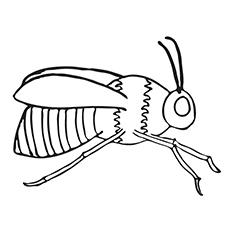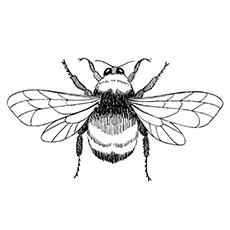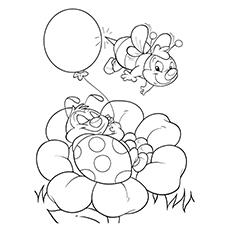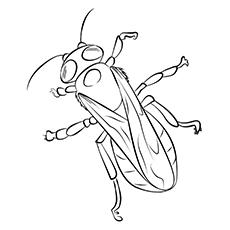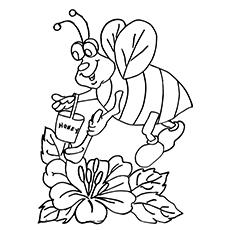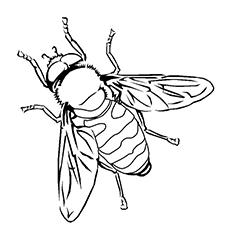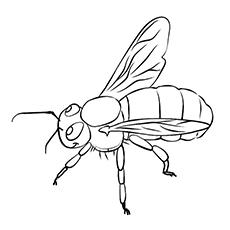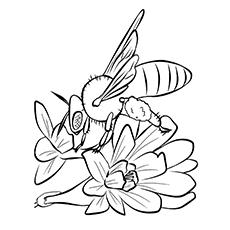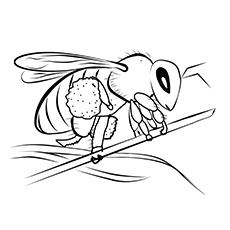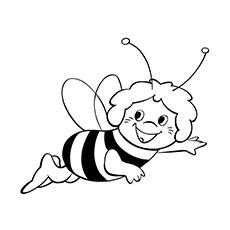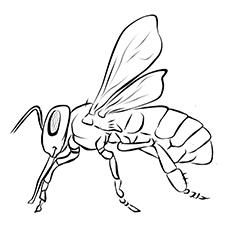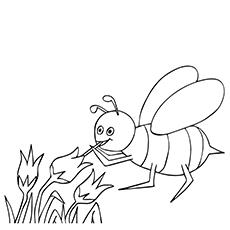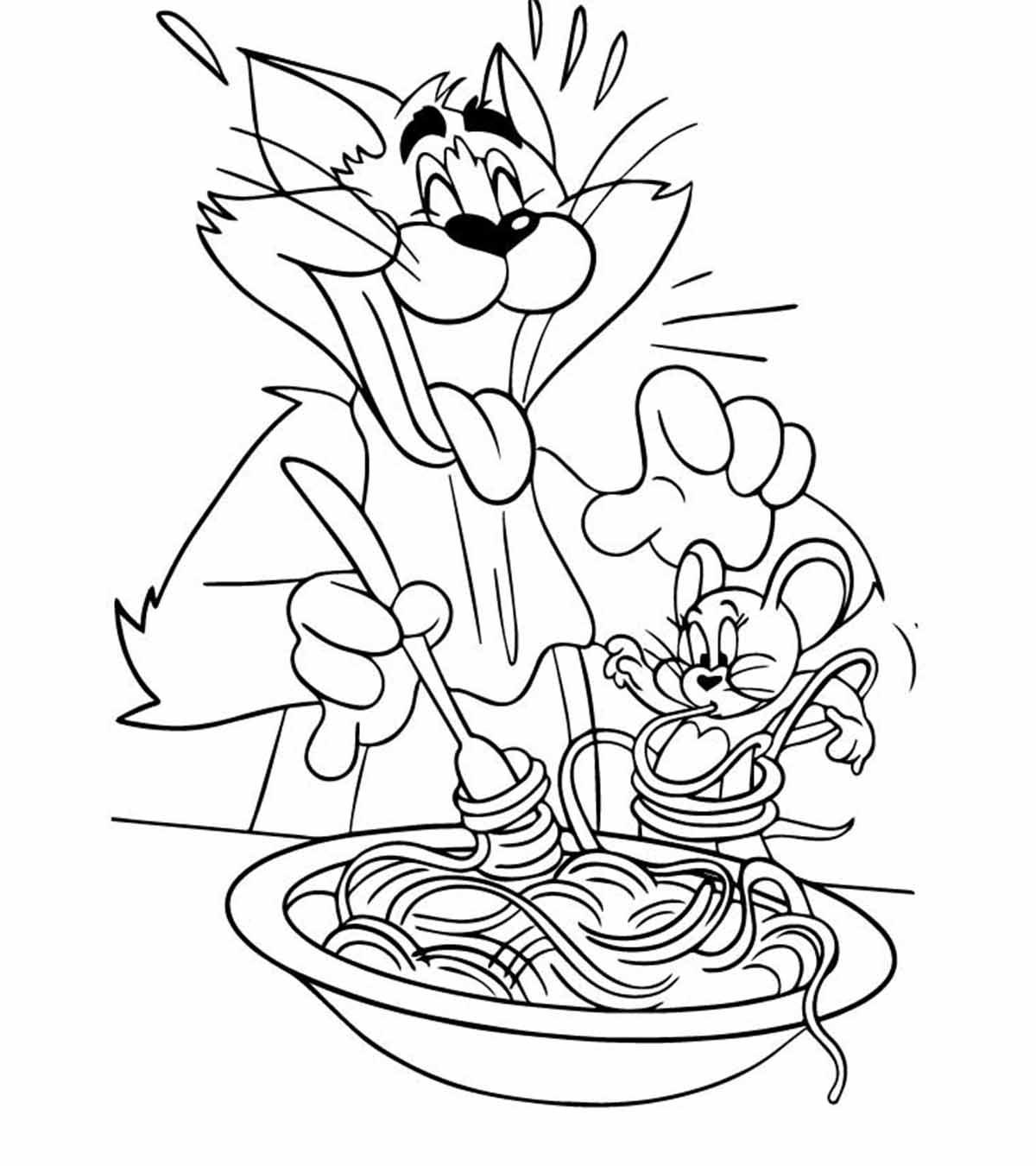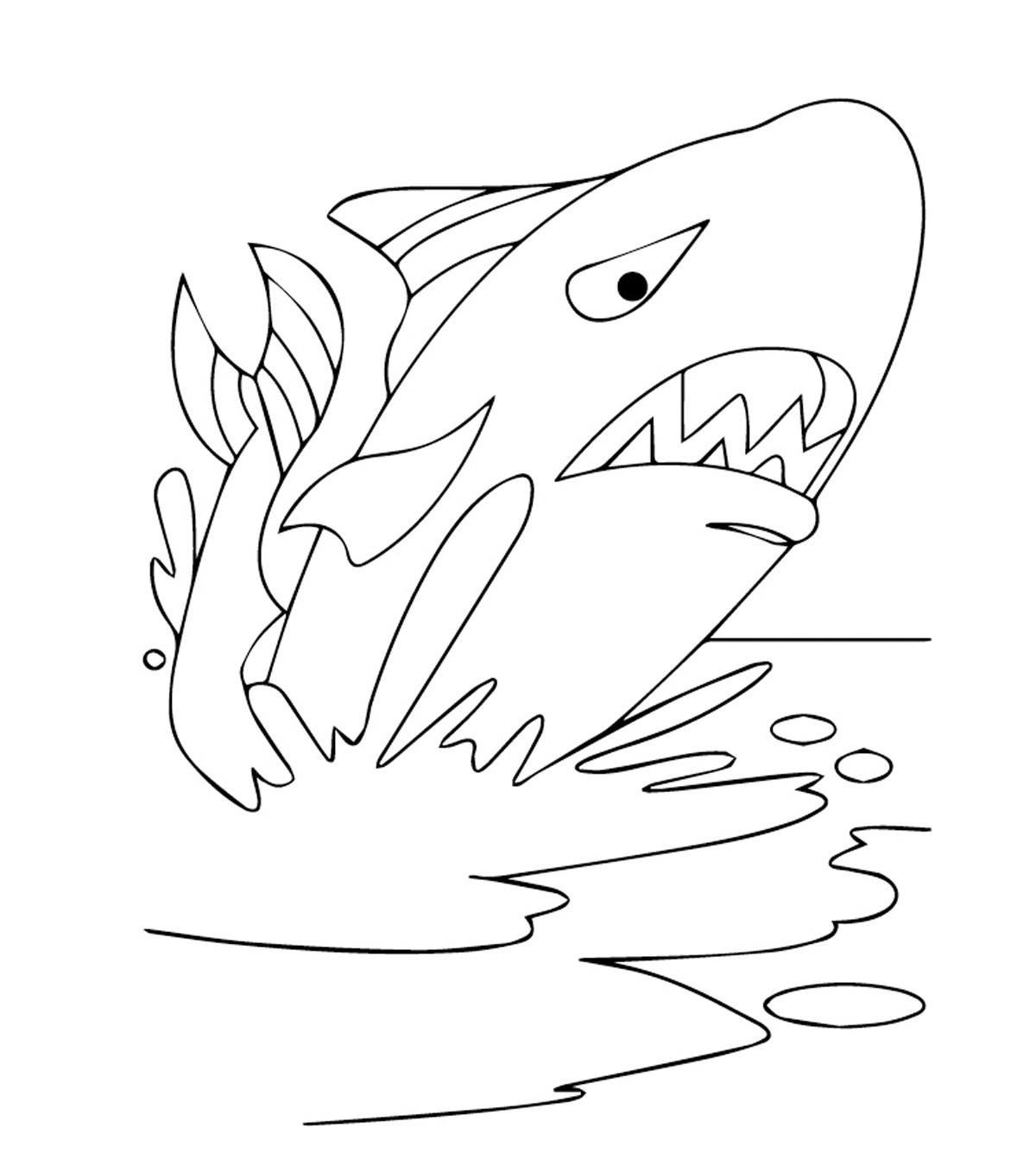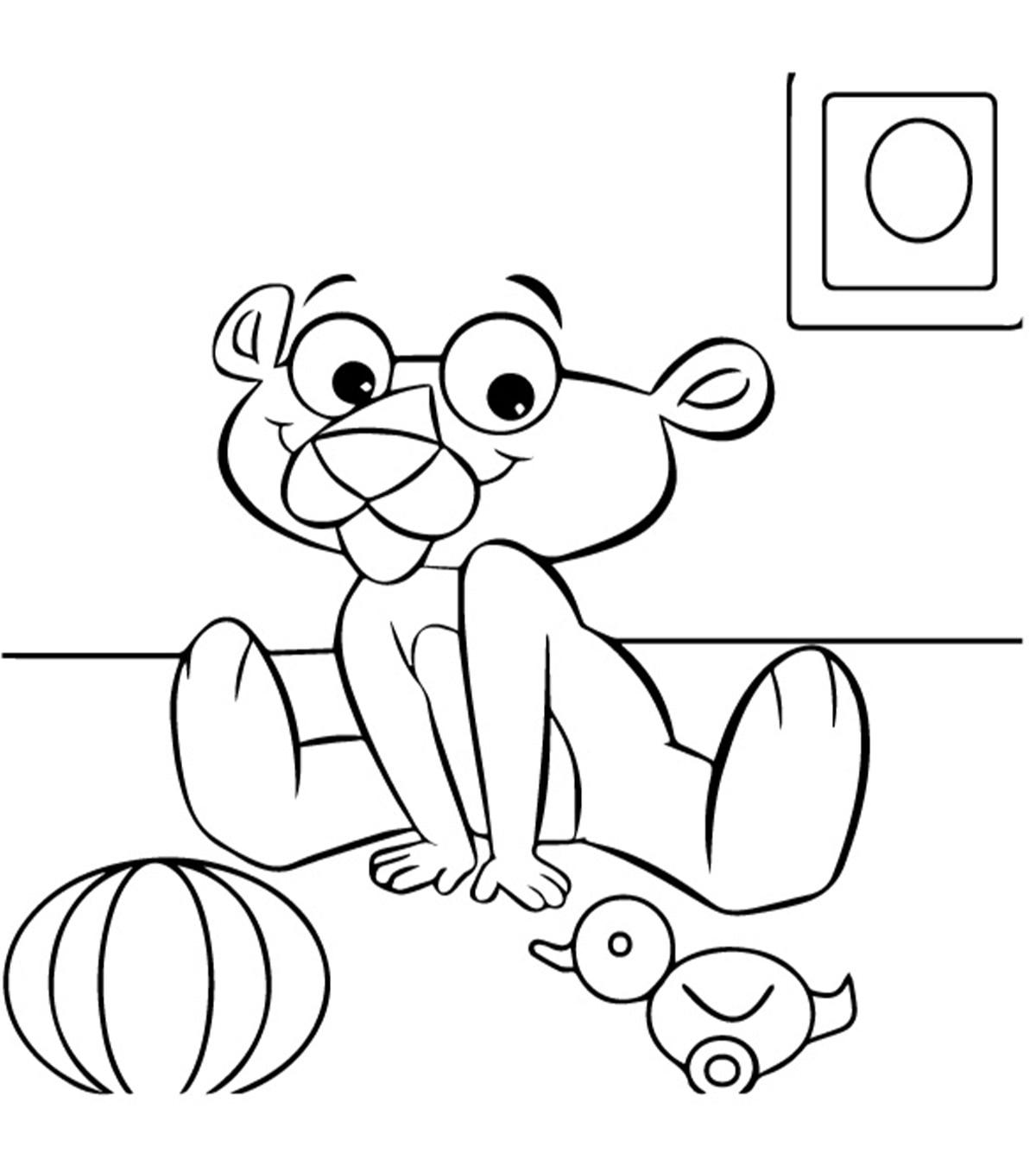Bumblebees are probably the most popular insects out there. These buzzing busy little yellow and black insects make the perfect subject for coloring pages. If you have a little entomologist at home, consider our bumblebee coloring pages to further their interest in bumblebees!
The short and stubby bumblebee is a large and hairy insect with a bumbling and clumsy flight. Bumblebees are social insects and spend most of their time in the colony with their buddies. These insects are a favorite among most kids, along with the usual suspects like the butterfly and the ladybird. So, keep your kid busy with our collection of 15 bumblebee coloring pages.
Best Bumblebee Coloring Pages For Kids
Bumblebees are adorable fuzzy insects that are amazing for the environment, known for their striking black and yellow coloration. They are unique creatures and kids adore them. If your child is obsessed with bees, we have the perfect set of bumblebee coloring pages, described below.
1. B for Bumblebee
In school, when you don’t get A’s, you start searching for B’s. We have a delightful coloring page featuring a happy-go-lucky bee along with the upper and lowercase B and the wording “B is for Bumblebee.” Tell your kid to color the bumblebee in yellow and practice tracing the upper and lowercase B. The bumblebee coloring sheet will help your little writer build his fine motor skills. It will also enable them to try writing freehand just after a little bit of practice. You may also cut it out to practice memory and spelling games with your kids.
2. Early bumblebee
We have a coloring image of the early bumblebee. It is a tiny bee with a short tongue. You will find these bees hovering around vetches, but some also manage to forage on sage, allium, thistles, and white clover. The early bumblebee is a colorful bee. It has a yellow thorax and a yellow base in the abdomen, with pink or orange-brown tails. Color this bee fast before he runs back to his hive! Or have your kid make a home for this bee. He is looking morose without his friends.
3. Red-tailed bumblebee
We have a coloring sheet of a red-tailed bumblebee. The red-tailed bumblebee is one of the heavily built bees, but queen bees have a slim stature. This bee has a black and bright orange body. The worker bees are the same color as the queen but are tiny. Some are even smaller than houseflies. Yes, they are incredibly small. It’s a relatively detailed coloring page of the red-tailed bumblebee, so working within the lines will develop your kid’s fine motor skills.
4. The brown-banded carder bumblebee
The brown-banded carder bumblebee is one of the few ginger-colored bees in the United Kingdom. During summer, the hairs of the brown-banded carder bumblebee fade to beige, making a beautiful sight in the garden. Do you think this bumblebee looks aggressive? Well, it is as bold as it looks. Don’t even think of disturbing this bumblebee as it can chase humans for kilometers on end. Allow your kid to express himself creatively. Encourage and compliment regardless of the result.
5. Bee and ladybug
Creepy crawlies look exceptionally beautiful when they flutter around in the garden. In the coloring page, the ladybug is sleeping solemnly, and the bumblebee is up to something mischievous. What could it be? Is he thinking of waking up the bumblebee by buzzing in his ears? Or will he tickle him with the flower stems? Have your kid capture the beauty of bumblebee, ladybug, and his surroundings with this special coloring page. Did you know that a ladybug landing on you is a sign of good luck?
6. Flying bumblebee
Where is the bumblebee going? We think he is lost! Can your kid help the bee find the way to his house? They just have to add some colors and make a garden backdrop. Do not draw the clouds, as it will be difficult for them to get through it. Make sure your kid adds colors to its broad wings. They can even try shading on the wind. It will look lovely! Did you know that every year, scientists discover a new species of bumblebees and give them names according to their distinct characteristics?
7. Garden bumblebee
The garden bumblebee, as the name suggests, is common in gardens. These bees have small heads, long legs, and a slim body. But have the longest tongue among all bumblebees in the world. Their tongue can be up to 2 cm in length. They usually forage over flowers that are close together and have deep corollas like foxglove, lavender, viper’s bugloss, and vetches. You will rarely see it feeding in open flowers.
8. Bumblebee with honey pot
No one can resist coloring the adorable bumblebee. The coloring page features a bumblebee collecting nectar from flowers. Bumblebees have short tongues. So, they prefer flowers with a distinct landing platform like thistles, dandelions, and daisies. The heads of these flowers have small florets, each containing just a small quantity of nectar. Bumblebees walk around the flowers instead of flying. It’s their way of preparing themselves for the low yield of nectar.
9. Buff-tailed bumblebee
The plump bumblebee you see on the coloring sheet is the buff-tailed bumble tee, one of the largest bumblebees in the world. The buff-tailed bumblebee is one of the first bumblebees to emerge in spring. This species of bumblebee is used extensively for greenhouse pollination. So, you will find it even in areas where it does not belong. The queen bee has dirty orange hair, and the male buff-tailed bumblebee has yellow hair. Which color is your kid thinking of giving to this bee?
10. White-Tailed bumblebee
The white-tailed bumblebee is one of the largest species of bumblebee in the United States. As the name implies, these bees have a white tip on their abdomen. The queen bees are around 18 mm in length and have yellow thorax hairs. The males and the workers look like the tinier version of the queen. But they have more yellow hair and a cute, little yellow nose. The male white-tailed bumblebee does not emerge until the end of August. This bumblebee can visit up to 6000 flowers a day to get the nectar for maintaining the heat needed to brood for their eggs.
11. Cuckoo bumblebee and flower
The realistic coloring page shows a cuckoo bumblebee landing on a flower. Before invading the colony, the cuckoo bumblebee feeds directly from the flowers. Once she has infiltrated the territory, the female cuckoo bumblebee subdues or even kills the queen of that colony. She can even use physical attacks to force the workers to feed her and her young ones. The cuckoo bumblebee has a humungous venom sac that enhances her chances of taking over the nest. Your kids will enjoy learning about this unique bee and bringing it to life with their crayons.
12. Franklin’s bumblebee
We have a coloring image of Franklin’s bumblebee, one of the most narrowly distributed species of bumblebee. You will find it flying in all its glory in northern California and southern Oregon. These bumblebees have a distinctive yellow pattern on the thorax that extends to the top of their heads. Just like most North American bumblebees, even Franklin’s bumblebees feed on wildflowers like horsemint, lupine, and California poppy.
13. Cute bumblebee
Bumblebees are everywhere, but they never looked so cute before. Let your kid use their imagination and color this cutie the way they like. Fact: Bumblebees see color at a very fast speed, at least 3 to 4 times faster than humans do. Speedy visions take up just a bit of energy. So, the quick seeing of color is very extremely valuable for bumblebees. They use their fast color vision to identify flowers. It also helps them keep track of color in flickering light, especially when they are traveling through bushes.
14. Rusty-patched bumblebee
The rusty-patched bumblebee is a bumblebee native to North America, especially in Ontario, United States, and Georgia. It belongs to the Apinae subfamily. As you can fathom from its name, the rusty-patched bumblebee has a rusty-colored patch with yellow on the first half of its body. This medium to large-sized bumblebee is an excellent pollinator of cranberries, apples, onions, and wildflowers. However, the rusty-patched Bumblebee is at risk of extinction. Its number has declined drastically in its habitat range.
15. Bee sucking honey
The lucky bumblebee has stumbled upon a delicious treat. Right now, he is busy collecting nectar from the flower, so have your kid color him before he finishes his meal. Bumblebees are one of the most significant pollinators. They assist in the reproduction of 75% of the world’s flowering plants. Explain the symbiotic relationship between a bumblebee and a flower with the diagram. You can also teach your child the scientific term of the bumblebee as they color.
Our bumblebee coloring pages are perfect for your kid’s spring and summer break. These printables will come in handy if you are hosting a spring-themed party for the kids. Just supply the kids with an assortment of crayons, markers, watercolors, and stickers. Tell each child to write their name on their creation. Then proudly display each kid’s artwork. Happy coloring!
Community Experiences
Join the conversation and become a part of our nurturing community! Share your stories, experiences, and insights to connect with fellow parents.


